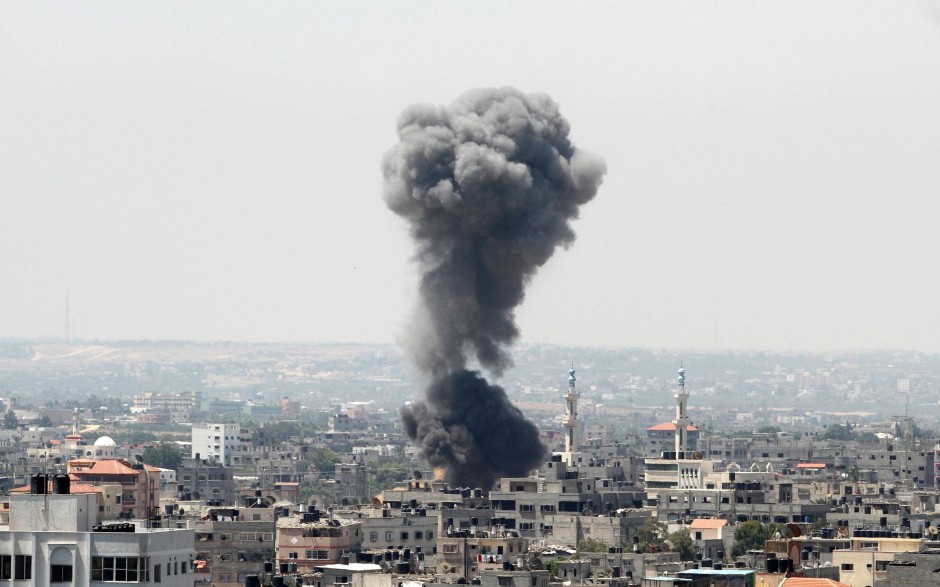We have been there before.
For the third time in five years, Israel and Hamas are fighting a cross-border war, with no end in sight. Now entering its fifth day, it may yet turn into a lengthy and bloody conflict, since both sides are hell-bent on attaining certain objectives and are certainly in no mood for a ceasefire.
Israel, having warned Hamas it will pay dearly for its indiscriminate rocket barrages from the Gaza Strip, is determined to put a stop to the daily salvos, obliterate Hamas’ military infrastructure and restore its deterrent power.
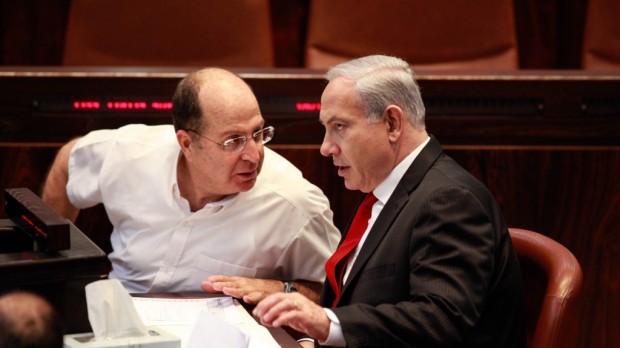
In a defiant speech, Prime Minister Benjamin Netanyahu said yesterday that international pressure will not deter Israel from pressing on with Operation Protective Edge. Israel’s offensive will end only when Hamas understands that “our citizens and soldiers are not to be fired on,” he declared.
Israel’s reach may exceed its grasp.
In Cast Lead, a three-week land, sea and air operation launched in the waning days of 2008 in response to incessant Palestinian shelling, Israel attempted to hammer Hamas and its ally, Islamic Jihad, into submission.
Israel — which imposed a sea blockade on Gazans after unilaterally withdrawing from Gaza in 2005 — suffered 13 fatalities, while killing 1,400 Palestinians and wreaking widespread destruction on Gaza. This prompted the United Nations and an assortment of human rights organizations to claim that Israel had violated the norms of international law.
Hamas, which has been in full control of Gaza since 2007, regrouped and rebuilt, thanks in part to Arab and Iranian assistance. Within about two years, Israeli communities near the Gaza border were under threat again as Hamas and Islamic Jihad, which staunchly reject Israel’s existence and a two-state solution, resumed their aggressive activities.
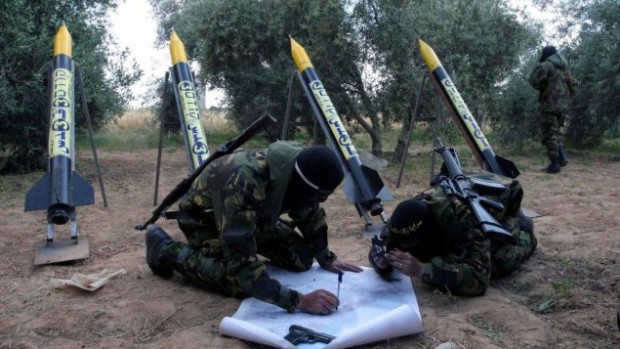
Tensions continued to flare along the Gaza border. In reaction to yet more rocket strikes by Hamas and Islamic Jihad on Israeli towns like Sderot and Beersheva, Israel initiated Operation Pillar of Defence in November 2012. It lasted eight days and resulted in the deaths of 160 Palestinians and six Israelis. Much to Israel`s concern, the Palestinians displayed a capacity for firing rockets as far as Tel Aviv and Jerusalem, even if they were intercepted by the Iron Dome anti-missile system.
Egypt and the United States arranged a ceasefire, and a measure of calm returned. But by the spring of 2014, the situation had degenerated once more. Hamas observed the truce, but Islamic Jihad and smaller groups flouted it, firing more than 100 rockets into Israel and trying to breach Israel`s Gaza border fence.
During this period, Hamas and Islamic Jihad continued to build a maze of smuggling tunnels from Gaza to Egypt. The Egyptian government, wary of Hamas` links to the now-banned Muslim Brotherhood, destroyed many but not all of them.
With tensions rising, Israeli Intelligence Minister Yuval Steinitz said this past March that Israel would have no alternative but to invade and reoccupy Gaza briefly in order to destroy Hamas`long-range rockets, developed in cooperation with Iran, one of Israel`s arch foes.
On June 9, about a month before Israel launched Operation Protective Edge, Israel`s chief of staff, Gen. Benny Gantz, warned that the Palestinians in Gaza were manufacturing homegrown missiles capable of reaching deep into Israel. By all accounts, they possess an arsenal of at least 6,000 short-range, medium-range and long-range rockets, from Grads and M-302s to Fajr-5s and M-75s.
The latest round of fighting formally began several days ago, following last month`s kidnapping and murder of three Israeli seminary students in the West Bank and, in revenge, the abduction and killing of a 16-year Palestinian boy in a Jerusalem suburb.
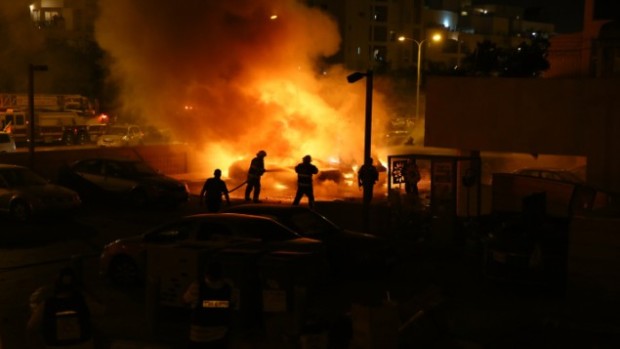
Blaming Hamas for the deaths of the three Israeli teens, Israel arrested more than 400 Palestinians in the West Bank. Some were Hamas members. Still others were Palestinians who had been released from prison a few years ago in exchange for Gilad Shalit, an Israeli soldier who was captured by Palestinians in a 2006 raid.
During the crackdown in the West Bank, Israel shot and killed six Palestinians. In reaction to their deaths and the arrest of Hamas officials, Hamas broke its 20-month truce with Israel on June 30, joining Islamic Jihad in launching rockets into the Jewish state. In one such incident, a paint factory in Sderot was destroyed.
Responding to these bombardments, the Israeli Air Force bombed 34 targets in Gaza on July 1 and 15 on July 3, in the biggest such raids in months. Hamas and Islamic Jihad retaliated, taking aim at Tel Aviv and Jerusalem and firing projectiles as far north as Zichron Yaacov and as far south as the Dead Sea area. Brazenly, the Palestinians even tried to hit Israel’s nuclear complex in Dimona.
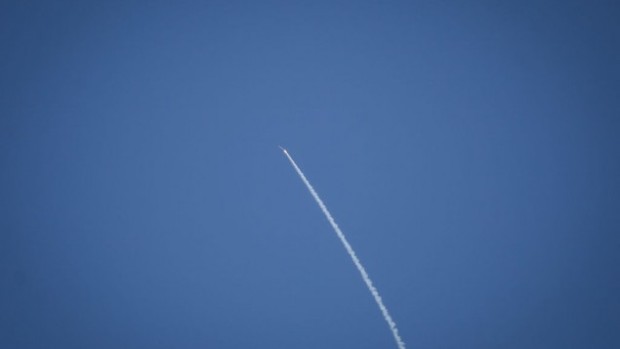
“An entire country is under fire,” said the mayor of Ashkelon, the biggest Israeli city closest to Gaza.
The Iron Dome has intercepted rockets over Israeli cities, giving Israelis a sense of security and relief. But not since the 2006 war in Lebanon, when Hezbollah fired 4,000 rockets at Israel, have Israelis felt so besieged. According to Netanyahu, five million Israelis are in Hamas’ rocket range.
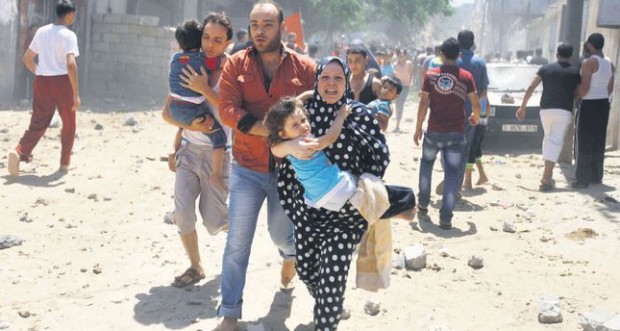
On July 4, a spokesman for Izz ad-Din al-Qassam Brigades, Hamas` armed wing, told a press conference in Gaza that Hamas would agree to a ceasefire only under certain conditions. As he put it, “The enemy should understand that its aggression in the West Bank, its abuse of prisoners and its blockade of Gaza are fuel to ignite protests…”
Israel, for its part, is not interested in a truce at this juncture. Israeli Defence Minister Moshe Yaalon has said that Israel is hitting rocket launchers, infrastructure, command and control systems, institutions, administrative buildings, tunnels and the homes of the Hamas and Islamic Jihad leadership.
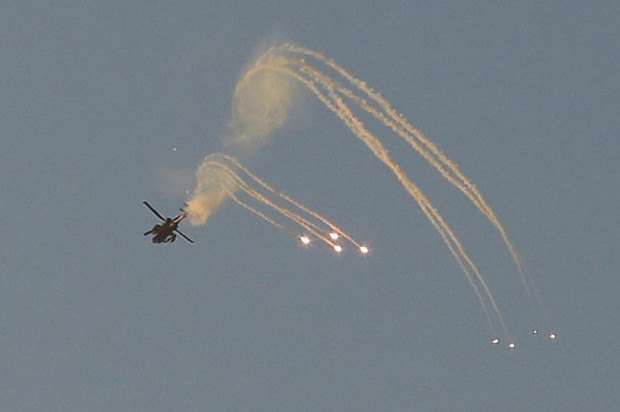
The magnitude of Israel’s military campaign already far surpasses that of Operation Pillar of Defence, say observers.
However, Israel is allowing 200 trucks carrying vital supplies into Gaza every day.
Israel has called up 20,000 reservists in anticipation of a limited invasion of Gaza, an option it would rather avoid. But if air power cannot stop the rockets, boots on the ground will be necessary.
What happens after that is anyone’s guess.
